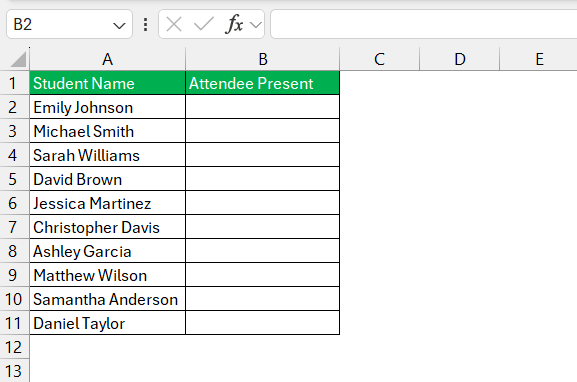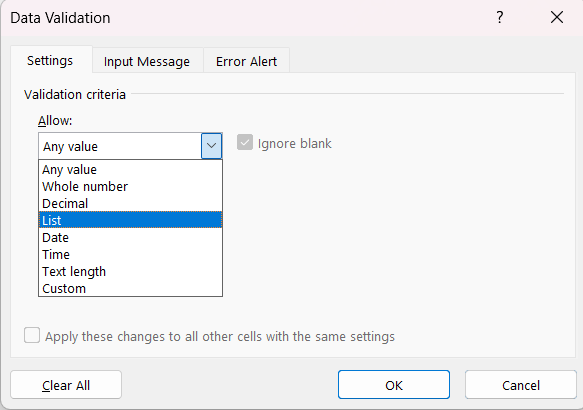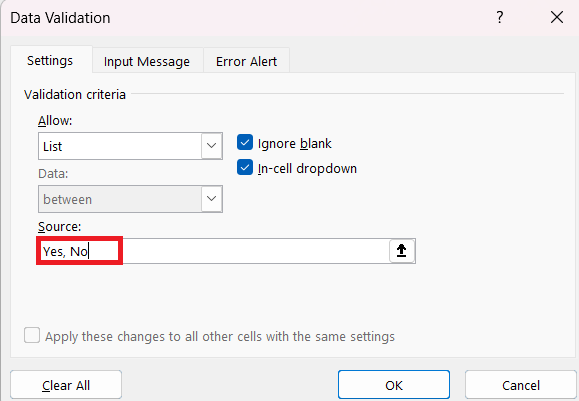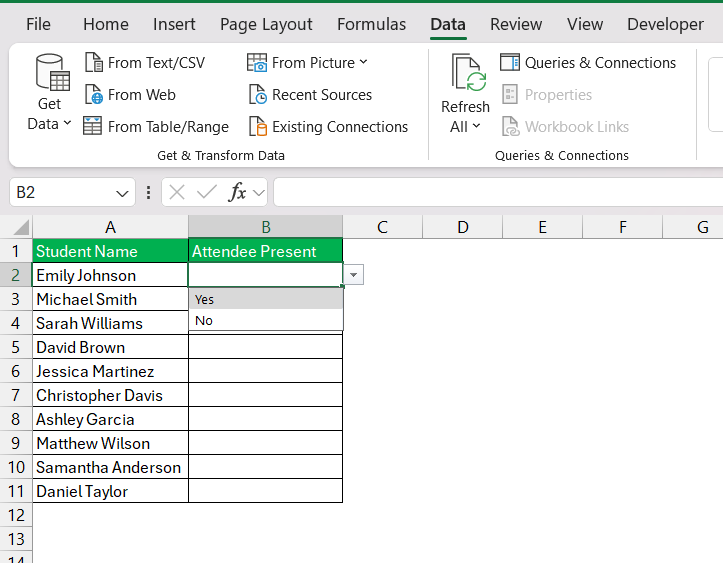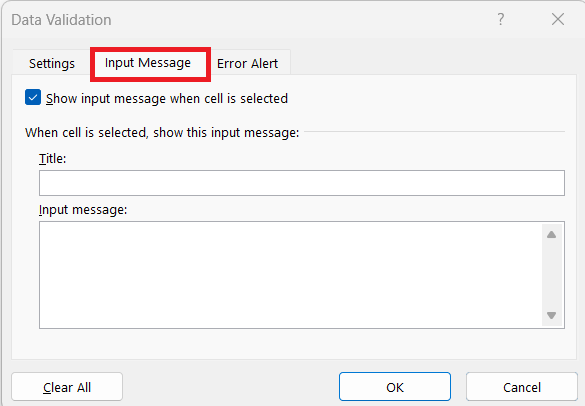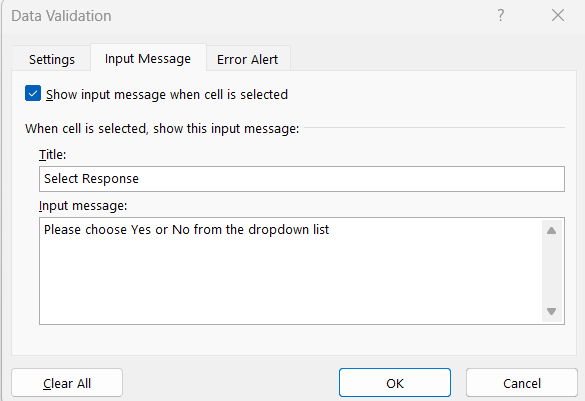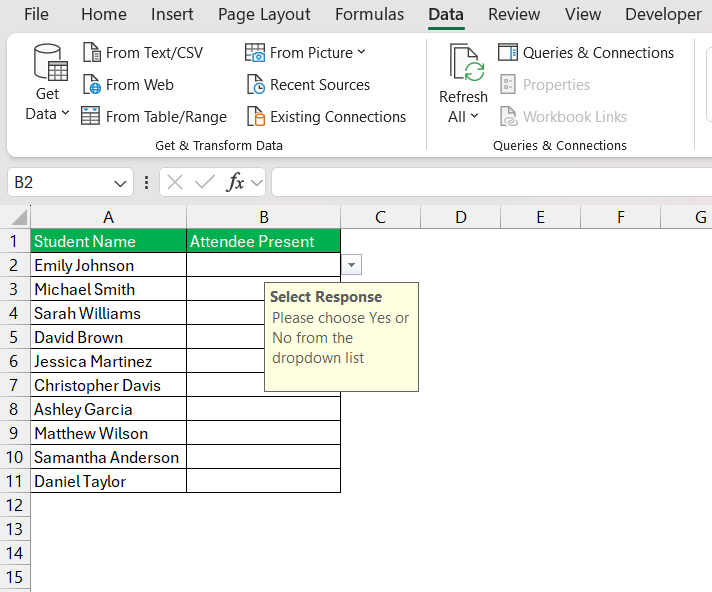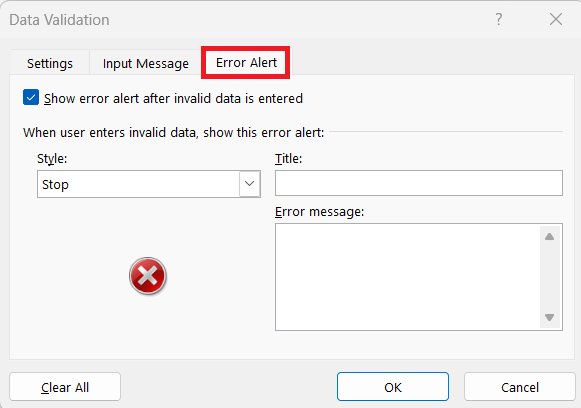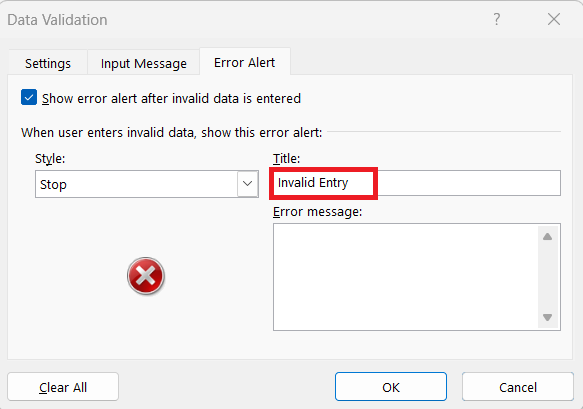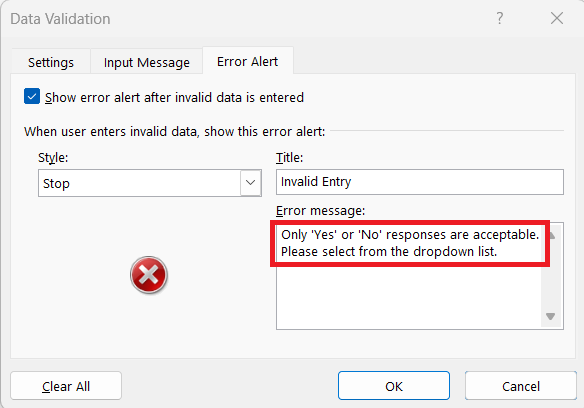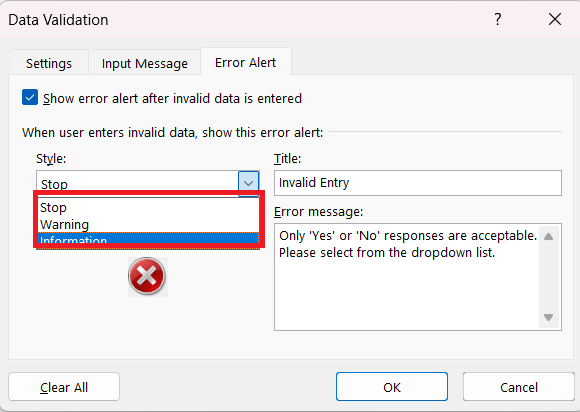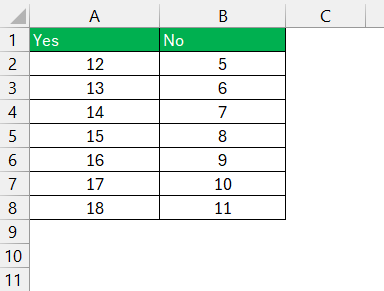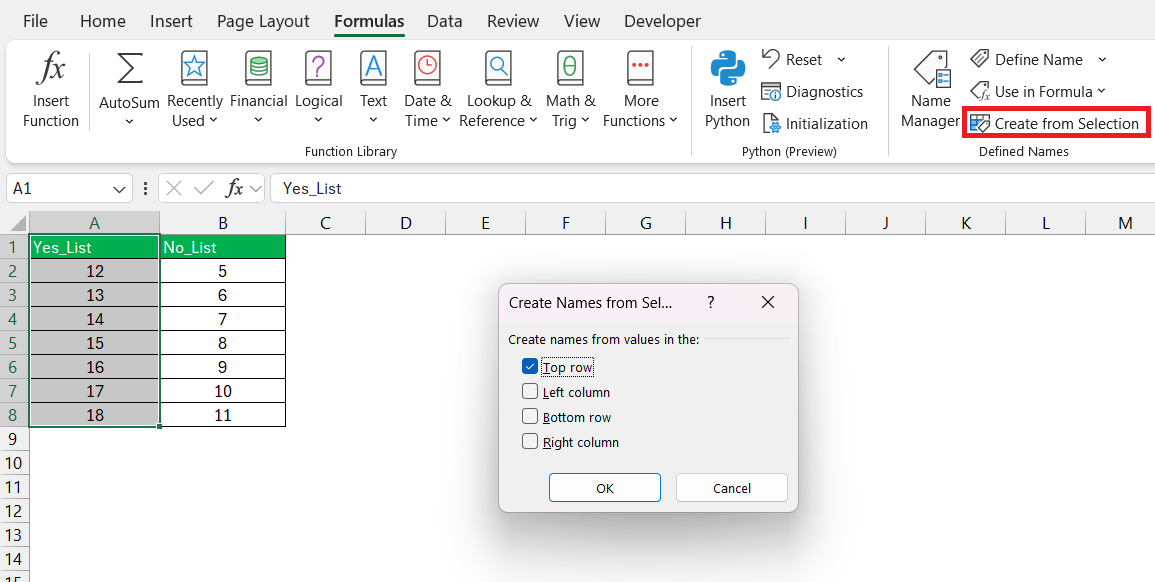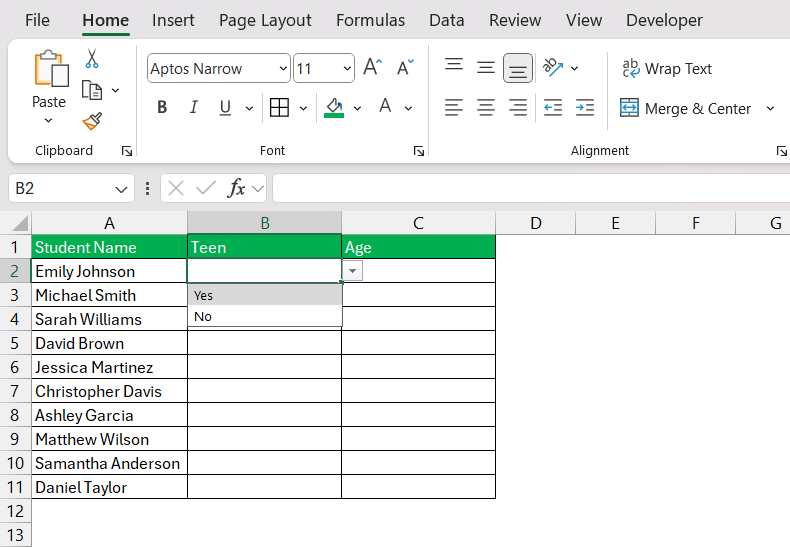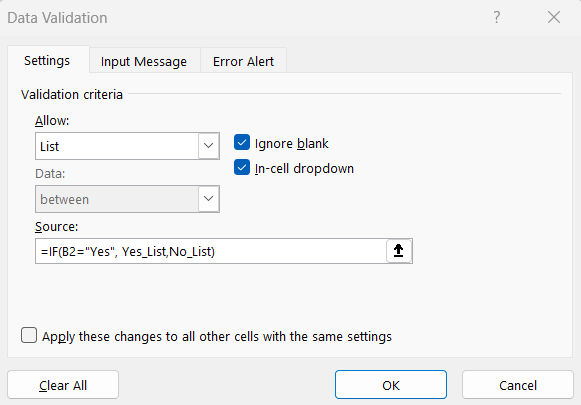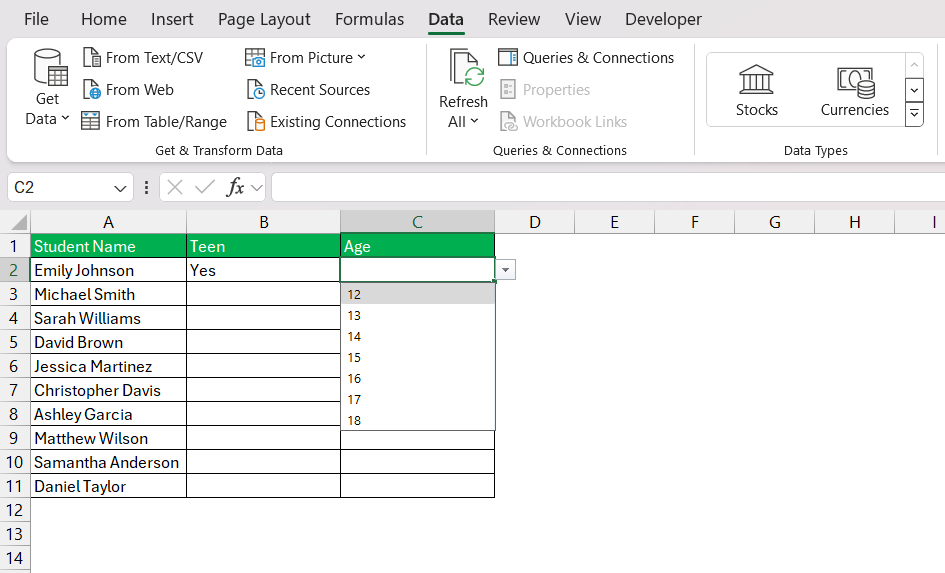In this guide, we’ll explore the creation and optimization of Yes No dropdown lists, providing step-by-step instructions and advanced techniques to enhance your Microsoft Excel experience. Whether you’re tracking attendance, survey responses, or any binary data, harnessing the power of dropdowns can streamline your workflow and ensure data accuracy.
Key Takeaways:
- Understanding Yes/No Dropdowns: Excel’s Yes/No dropdowns streamline data entry, reducing manual input and ensuring consistency.
- Importance of Dropdowns for Data Entry: Dropdowns minimize errors, especially with standard responses like “Yes” or “No,” boosting productivity.
- Step-by-Step Instructions: Easily create Yes/No dropdowns in Excel with simple instructions for target cell selection and data validation.
- Enhancing Dropdown Functionality: Improve dropdowns by adding data validation messages and error alerts for clarity and data integrity.
- Advanced Dropdown Techniques: Master advanced techniques like dependent dropdowns for tailored data entry experiences.
Table of Contents
Introduction to Creating Yes No Dropdowns in Excel
What is a Yes/No Dropdown?
A Yes/No dropdown in Excel is a handy feature that allows users to select between two predefined answers, “Yes” or “No”, from a small, clickable menu. This prevents the need to manually type out the responses and helps ensure consistency within your data.
Importance of Using Dropdowns for Data Entry
Dropdowns for data entry streamline the process of capturing information by minimizing the chances of errors and discrepancies. They’re particularly helpful when you have a standardized set of responses, like “Yes” or “No”. Not only do dropdowns make the data more uniform, but they also speed up the data entry process and, consequently, enhance productivity.
Step-by-Step Instructions to Add a Yes/No Dropdown
Step 1: Select the Target Cells for Your Dropdown List
Begin by opening your Excel worksheet and pinpointing the cells that will house your Yes/No dropdown list. For example, if you want to track attendance in a class, you would choose the cells in the “Attendee Present” column.
This selection will serve as the location where your dropdown list is applied, simplifying subsequent data inputs with a uniform response set.
Step 2: Utilize Data Validation for Dropdown Creation
Now it’s time to implement the magic of Data Validation:
- After selecting your targeted cells, navigate to the ‘Data’ tab at the top of Excel and click on ‘Data Validation.’
- Within the Data Validation dialog box, choose ‘List’ from the ‘Allow’ dropdown menu.
- In the ‘Source’ box, you’ll either type the options “Yes,No” directly or specify the range on your worksheet where these options are listed.
- Confirm your settings by clicking ‘OK,’ and just like that, you’ve mastered the art of creating a Yes/No dropdown list in Excel!
Enhancing the Functionality of Your Dropdown
Adding Data Validation Messages for User Guidance
To reinforce your dropdown with helpful information, follow these steps to add data validation messages:
- With your cells still highlighted, reopen the ‘Data Validation’ dialog box. Click on the ‘Input Message’ tab.
- Here, you have the option to include a title and an instructive message that will appear when someone selects the cell. For example, “Select Response” as the title and “Please choose Yes or No from the dropdown list.” This assists in providing clear directions to the user.
As users select a cell with the dropdown, the message pops up like a tooltip, guiding them with the expected action to take.
Implementing Error Alerts for Incorrect Entries
.To ensure clean and accurate data entry, implementing error alerts for when someone tries to input material that doesn’t adhere to your Yes/No constraint is crucial.
- Stay in the ‘Data Validation’ dialog box but switch to the ‘Error Alert’ tab.
- Provide a Title for your error message like “Invalid Entry”.
- Craft a message to let users know what went wrong, e.g., “Only ‘Yes’ or ‘No’ responses are acceptable. Please select from the dropdown list.”
Deciding on the ‘Style’ of the alert is important, too:
- ‘Stop’ will block any incorrect entry outright.
- ‘Warning’ will ask for confirmation before accepting a wrong entry.
- ‘Information’ simply informs about the incorrect entry without stopping it.
This customization helps manage how strictly the data validation rules are enforced.
Advanced Dropdown Techniques
Creating Dependent Dropdowns Based on Yes/No Selection
Expanding the utility of your Excel sheet is possible by setting up dependent dropdowns that change based on the selection in your Yes/No dropdown.
STEP 1: Define the entries for each scenario (Yes or No) in separate lists on your worksheet.
STEP 2: Select the Yes list with the header, go to Formulas > Create from Selection > Top Row.
STEP 3: Use ‘Data Validation’ to create a primary dropdown in one set of cells.
STEP 4: For the dependent cells, head back into the ‘Data Validation’ setup, and in the ‘Source’ box, employ an IF formula that reads the primary dropdown’s choice and adjusts the list accordingly, like: =IF(B2="Yes", Yes_List, No_List).
Now, the selections in the second dropdown list will dynamically update based on the choice in the first one, allowing for a responsive and interactive data entry experience.
FAQs: Simplify Your Excel Experience
Q1. What is a drop down list in Excel?
A dropdown list in Excel is a feature that allows users to select an input from a predefined set of options, enhancing data entry efficiency and accuracy by limiting choices.
Q2. How do I create a drop-down list in Excel?
To create a dropdown list in Excel, go to the ‘Data’ tab, select ‘Data Validation’, choose ‘List’ from the dropdown, and enter the desired options in the ‘Source’ box, or select a range on your worksheet.
Q3. How do I create Yes/No dropdown in Excel?
To create a Yes/No dropdown in Excel, select your cells, open ‘Data Validation’ from the ‘Data’ tab, pick ‘List’ under ‘Allow’, type “Yes,No” in the ‘Source’ box, and press ‘OK’.
Q4. How do I make the Yes/No dropdown the default option?
Open the ‘Data Validation’ settings, choose ‘List’, and in the ‘Source’, enter “Yes,No”. Select ‘Yes’ to make it the default visible option when the cell is clicked.
Q5 .How can I make a drop down list with only one option?
Use ‘Data Validation,’ select ‘List’ under ‘Allow’, and input the one option you want in the ‘Source’ field to create a dropdown list with that single option.
John Michaloudis is a former accountant and finance analyst at General Electric, a Microsoft MVP since 2020, an Amazon #1 bestselling author of 4 Microsoft Excel books and teacher of Microsoft Excel & Office over at his flagship MyExcelOnline Academy Online Course.

